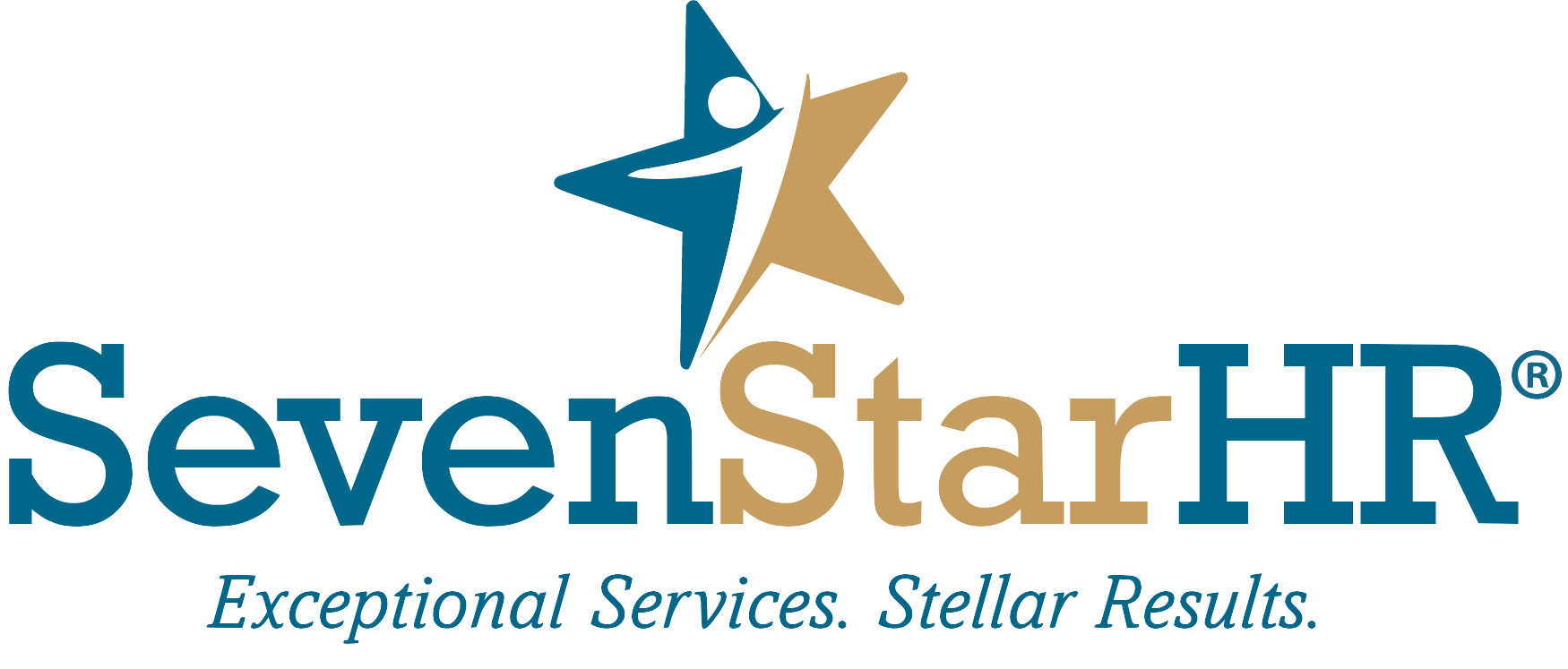How to Distinguish Between Meaningful and Vanity HR Metrics
As the heartbeat of an organization, Human Resources relies on metrics to gauge its pulse; yet, not all metrics beat to the same rhythm. Some provide valuable insights into your organization's HR effectiveness, while others may only be a superficial distraction. To navigate this terrain effectively, it's crucial to distinguish between meaningful HR metrics and vanity metrics.
Meaningful HR Metrics
Employee Engagement Score
Employee engagement is the heartbeat of any thriving organization. It measures the level of employee commitment and satisfaction, reflecting directly on productivity and retention rates. A high engagement score often translates into a motivated, loyal, and high-performing workforce. Regularly monitoring this metric allows HR professionals to proactively address issues, implement strategies to boost engagement, and ultimately drive positive business outcomes.
Turnover Rate by Department
Employee turnover can be both costly and disruptive. Tracking turnover rates by department identifies areas with higher attrition, enabling HR to focus on retention strategies where they are most needed. Armed with this information, HR teams can develop targeted solutions, address underlying issues, and improve overall retention, reducing hiring costs and ensuring business continuity.
Time-to-Fill
Recruitment efficiency is a critical component of talent acquisition. Time-to-fill, which measures the duration it takes to fill job vacancies, provides insights into the effectiveness of your recruitment process. A prolonged time-to-fill can result in increased talent acquisition costs and negatively impact business operations. By analyzing this metric, HR can streamline their hiring processes, reduce time and resource wastage, and secure top talent more efficiently.
Training ROI
Employee development and training programs are essential for enhancing skills and performance. To gauge their effectiveness, HR should measure the return on investment (ROI). This metric quantifies the impact of training programs on employee performance and skill enhancement. By understanding the ROI, HR can fine-tune training initiatives, ensuring they align with business goals and contribute to the overall success of the organization.
Vanity Metrics
Number of Job Applications
While the sheer volume of job applications might seem impressive, it doesn't necessarily reflect the quality of candidates or the effectiveness of the recruitment process. Relying solely on this metric can lead to recruitment decisions based on quantity rather than quality, potentially resulting in mismatches between job requirements and candidate qualifications.
Total Training Hours
Tracking the total hours spent on training doesn't provide insights into whether employees have gained relevant skills or how training contributes to business goals. Focusing solely on training hours may divert resources from more meaningful measurements of employee development and organizational performance.
Social Media Followers
The number of social media followers may be an ego boost, but it doesn't necessarily correlate with employee engagement, recruitment success, or overall HR performance. HR metrics should directly align with organizational objectives, and social media metrics often fall short in this regard.
Employee Count
Simply counting the number of employees provides no insights into their productivity, job satisfaction, or contribution to the organization's success. Organizations should prioritize metrics that evaluate the impact of their workforce on business outcomes, rather than merely quantifying personnel.
As HR professionals, our mission is crystal clear: to propel our organizations to greater heights, to nurture a culture of growth and excellence, and to be the architects of success. By embracing meaningful HR metrics and leaving the allure of vanity behind, we stand poised to lead our teams towards a future where every data point tells a story of genuine impact. This is where HR truly shines as a strategic powerhouse, and where our organizations thrive in the ever-evolving landscape of business.
So, let's not just measure success; let's craft it, one meaningful metric at a time.

